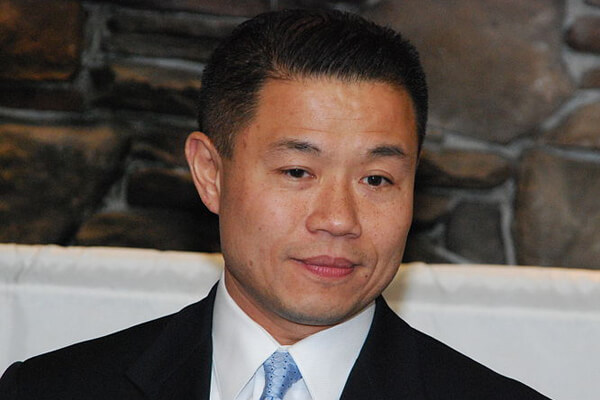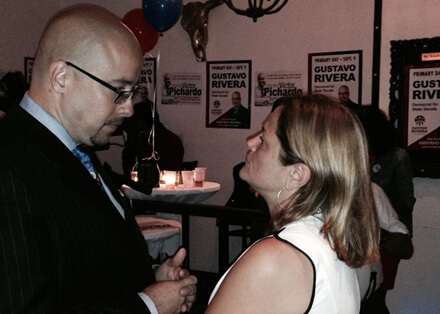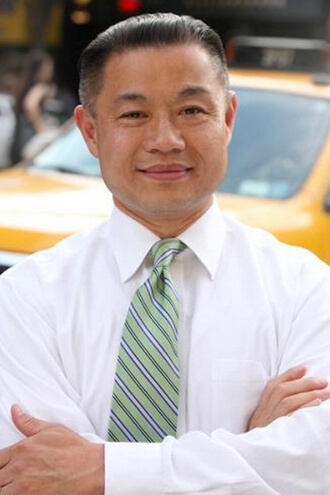City Comptroller John Liu. | THOMAS GOOD
The city’s Department of Education (DOE) is not adequately tracking and responding to bias incidents in New York City’s roughly 1,700 public schools, according to an audit released by John Liu, the city’s comptroller.
“The DOE needs to show parents, students, and educators that it takes bullying seriously,” Liu said in a March 1 statement. “DOE cannot combat bullying and protect students from bias harassment when its own tracking system is blind to it… Every day, students are unable to learn because they are bullied for their race, religion, sexual orientation, or body type. Our children deserve better. The DOE needs to do better.”
The DOE’s Online Occurrence Reporting System captures all incidents filed by school staff, but it does not allow staff to classify incidents by bias type. It also does not differentiate between incidents occurring between students and incidents occurring between students and staff.
Comptroller audit claims bias incidents not classified by type
That means that a school that may be having a problem with a particular type of bullying cannot be identified and the response to bullying may be inconsistent among the schools. The concern is also that the system could allow a principal or school staff to disguise a trend showing unresolved bullying of a particular type that occurred over a school year or even for a shorter period of time.
DOE staff can query the online system with keywords, but they must then review paper copies of the complaints to determine if they fall into a particular category of bias incident.
The online system captures all behavioral incidents, including those motivated by bias, and the DOE reported that bias accounted for just six percent of all behavioral incidents in the 2009-2010 school year. There were 8,298 bias incidents that year. Whether all bias incidents were correctly classified in that school year remains a question.
The DOE online system conforms to a 2004 anti-bullying law passed by the City Council — despite it being struck down by the state’s highest court — that includes sexual orientation and gender identity and expression as protected classes. A 2008 DOE regulation also governs the online system. The DOE also has to comply with a state anti-bullying law that took effect in 2012.
In a statement, the DOE said it was complying with all legal requirements.
“The Department of Education is committed to maintaining a safe and supportive educational environment for all students that is free from harassment, intimidation, and bullying committed by students against other students,” the statement read. “We have enacted a regulation and made modifications to our online reporting to reflect bias-related incidents. We are ahead of major school districts throughout the country on this issue.”
The DOE also submitted a 14-page rebuttal to the Liu audit that was released as part of the 35-page audit, and the agency wrote that it had updated its online system in mid-2012. Those changes addressed Liu’s complaints, the DOE said.
In an email, Daryl Presgraves, the director of communications at the Gay, Lesbian & Straight Education Network (GLSEN), wrote, “Enacting an LGBT-inclusive anti-bullying policy is merely the end of the beginning. Effective implementation and follow-through are essential for an anti-bullying policy to have a real and lasting impact on anti-LGBT bullying.”
GLSEN is approaching the end of a four-year, $1.26 million contract with the DOE to provide safe schools training.





































